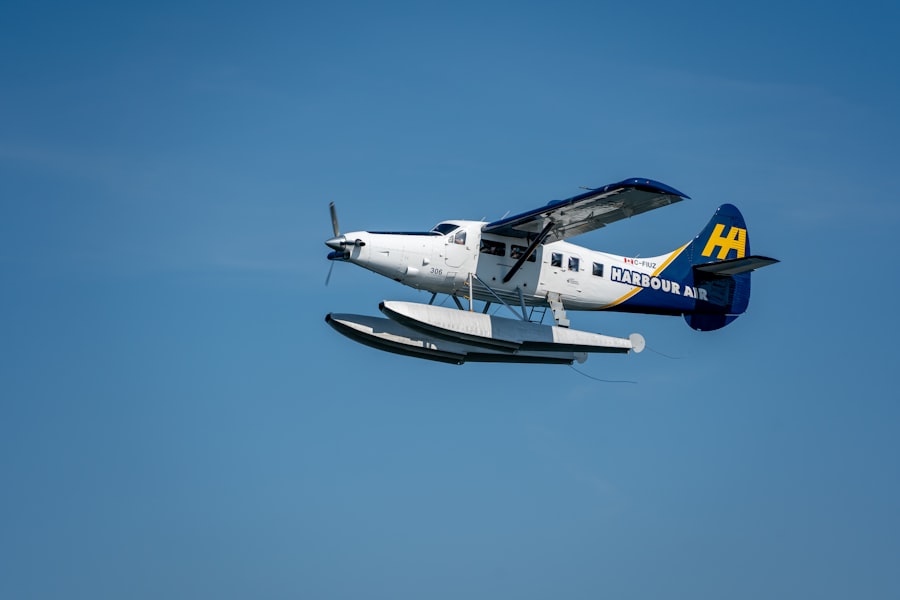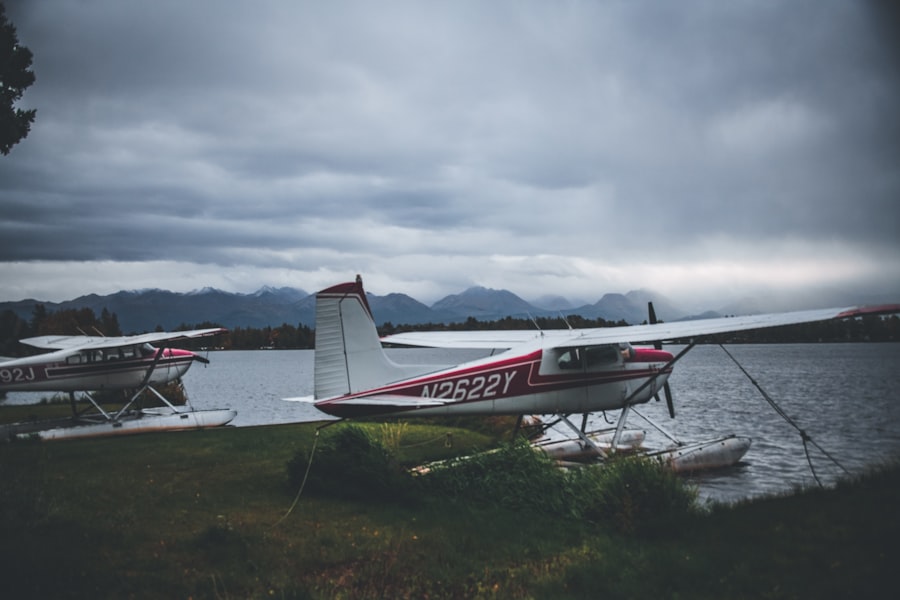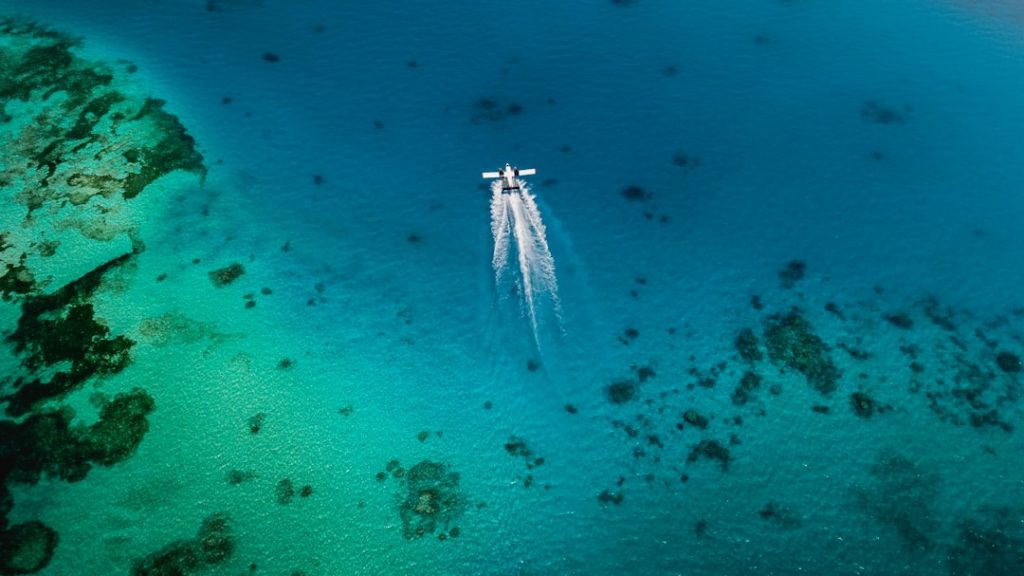Remote destinations have an undeniable charm that captivates the hearts of travelers seeking adventure and solitude. These places, often untouched by the hustle and bustle of modern life, offer a unique escape into nature’s embrace. From the pristine beaches of the Maldives to the rugged landscapes of Patagonia, remote locations provide an opportunity to disconnect from the digital world and reconnect with oneself.
The allure lies not only in their beauty but also in the sense of discovery that accompanies each journey. Travelers are drawn to the idea of exploring uncharted territories, where every corner holds the promise of a new experience. The appeal of these secluded spots is further enhanced by their exclusivity.
Many remote destinations are not easily accessible, which adds to their mystique. The challenge of reaching these hidden gems often becomes part of the adventure itself. Whether it’s trekking through dense forests, navigating winding mountain roads, or embarking on a lengthy boat ride, the journey to these locations is as rewarding as the destination.
This sense of adventure fosters a deeper appreciation for the natural world and encourages travelers to immerse themselves in the local culture, traditions, and landscapes that define these extraordinary places.
Key Takeaways
- Remote destinations offer a sense of adventure and exclusivity
- Seaplane travel provides convenience and efficiency for reaching remote locations
- Aerial views from a seaplane offer a unique and breathtaking perspective
- Seaplanes allow access to otherwise inaccessible and hard-to-reach locations
- Consideration of the environmental impact of seaplane travel is important for sustainable exploration
The convenience of seaplane travel
Seaplane travel has emerged as a convenient and efficient means of reaching remote destinations that would otherwise be difficult to access. Unlike traditional aircraft that require lengthy runways, seaplanes can take off and land on water, opening up a plethora of options for travelers eager to explore hidden coves and isolated islands. This mode of transportation allows for a seamless transition from urban centers to tranquil retreats, making it an attractive choice for those looking to escape the ordinary.
With seaplanes, travelers can bypass long drives or arduous hikes, arriving at their dream destinations in a fraction of the time. Moreover, seaplane travel offers a unique blend of adventure and comfort. Many seaplane operators provide luxurious amenities, ensuring that passengers enjoy a pleasant journey while taking in breathtaking views from above.
The experience is often enhanced by knowledgeable pilots who share insights about the landscapes below, enriching the travel experience with stories and local lore. This combination of convenience and comfort makes seaplane travel an appealing option for those seeking to explore remote areas without sacrificing quality or enjoyment.
The unique perspective from above

One of the most compelling aspects of seaplane travel is the unparalleled perspective it offers. As passengers ascend into the sky, they are treated to sweeping vistas that reveal the intricate tapestry of landscapes below. From lush forests and winding rivers to rugged coastlines and shimmering lakes, the aerial view provides a fresh appreciation for the natural beauty that often goes unnoticed from ground level.
This bird’s-eye perspective allows travelers to see how ecosystems interconnect, fostering a deeper understanding of the environment. Additionally, flying over remote destinations can evoke a sense of wonder and awe that is difficult to replicate through other means of travel. The sheer scale of mountains, the vastness of oceans, and the intricate patterns formed by rivers and valleys create a visual feast that leaves a lasting impression.
Photographers and nature enthusiasts alike find inspiration in these aerial views, capturing images that tell stories of adventure and exploration. The unique perspective from above transforms the journey into an unforgettable experience, one that lingers in memory long after the trip has ended.
The freedom to access hard-to-reach locations
| Location | Accessibility | Challenges |
|---|---|---|
| Mountains | Difficult | Rugged terrain, altitude |
| Deep sea | Challenging | Pressure, limited oxygen |
| Remote islands | Hard | Isolation, limited resources |
Seaplanes provide an unparalleled level of freedom when it comes to accessing hard-to-reach locations. Many remote destinations lack adequate infrastructure or transportation options, making them challenging to visit by conventional means. Seaplanes eliminate these barriers, allowing travelers to reach secluded beaches, hidden lagoons, and isolated islands with ease.
This newfound accessibility opens up a world of possibilities for exploration, enabling adventurers to discover places that were once considered off-limits. The ability to land on water also means that travelers can explore areas that are often overlooked by traditional tourism routes. For instance, many seaplane operators offer itineraries that include stops at lesser-known islands or coastal towns, providing an authentic glimpse into local life.
This freedom not only enhances the travel experience but also supports local economies by encouraging tourism in areas that may not have previously benefited from it. As travelers venture into these hidden corners of the world, they contribute to sustainable tourism practices that prioritize environmental conservation and cultural preservation.
The environmental impact of seaplane travel
While seaplane travel offers numerous advantages in terms of accessibility and convenience, it is essential to consider its environmental impact. Seaplanes are generally more fuel-efficient than traditional aircraft due to their smaller size and lighter weight. However, they still contribute to carbon emissions and noise pollution, which can affect both marine life and coastal communities.
As awareness of environmental issues grows, many seaplane operators are exploring ways to mitigate their impact through sustainable practices. Some companies are investing in more efficient engines and alternative fuels to reduce their carbon footprint. Additionally, efforts are being made to minimize noise pollution by implementing quieter flight paths and adhering to strict regulations regarding takeoff and landing procedures.
Travelers can also play a role in promoting sustainability by choosing operators committed to environmentally friendly practices and supporting local conservation initiatives during their visits. By being mindful of their choices, adventurers can enjoy the thrill of seaplane travel while contributing to the preservation of the beautiful landscapes they seek to explore.
The thrill of landing on water

The thrill of landing on water is one of the most exhilarating aspects of seaplane travel. As the aircraft descends toward the surface, passengers often feel a rush of excitement mixed with anticipation. The moment when the floats make contact with the water is both exhilarating and serene; it’s a unique experience that sets seaplane travel apart from other forms of aviation.
This sensation is heightened by the stunning surroundings—whether it’s gliding over turquoise waters or skimming across a tranquil lake surrounded by mountains. Landing on water also adds an element of adventure to the journey. Unlike traditional airports where passengers disembark onto solid ground, seaplane landings often take place in picturesque settings that enhance the overall experience.
Travelers may find themselves stepping directly onto sandy beaches or wooden docks, immersing them in their destination from the very first moment. This seamless transition from air to water creates a sense of connection with nature that is hard to replicate elsewhere.
The potential challenges of exploring remote destinations with a seaplane
Despite its many advantages, exploring remote destinations via seaplane does come with its own set of challenges. Weather conditions can significantly impact flight schedules; sudden storms or high winds may lead to delays or cancellations. Travelers must remain flexible and adaptable, as plans may need to change at a moment’s notice due to unforeseen circumstances.
This unpredictability can be frustrating but also adds an element of spontaneity to the adventure. Additionally, navigating remote areas requires careful planning and consideration. While seaplanes can access many hidden gems, not all locations are equipped with facilities or services for travelers.
It’s essential for adventurers to research their destinations thoroughly and prepare accordingly—whether it’s packing enough supplies for an extended stay or ensuring they have appropriate gear for outdoor activities. Understanding these potential challenges allows travelers to approach their journeys with a sense of preparedness and excitement.
The unforgettable experiences and memories made
The experiences gained from exploring remote destinations via seaplane are often transformative and unforgettable. Each journey offers opportunities for adventure—whether it’s snorkeling in crystal-clear waters teeming with marine life, hiking through untouched wilderness, or simply soaking in breathtaking sunsets over tranquil landscapes. These moments create lasting memories that travelers carry with them long after their journeys have ended.
Moreover, the connections made with fellow travelers and locals during these adventures enrich the experience even further. Sharing stories around a campfire on a secluded beach or bonding over shared interests while exploring hidden trails fosters a sense of community among adventurers. These interactions often lead to friendships that transcend geographical boundaries, reminding us that travel is not just about the destinations we visit but also about the people we meet along the way.
Ultimately, exploring remote destinations via seaplane creates a tapestry of experiences woven together by adventure, connection, and discovery—an indelible mark on one’s journey through life.


